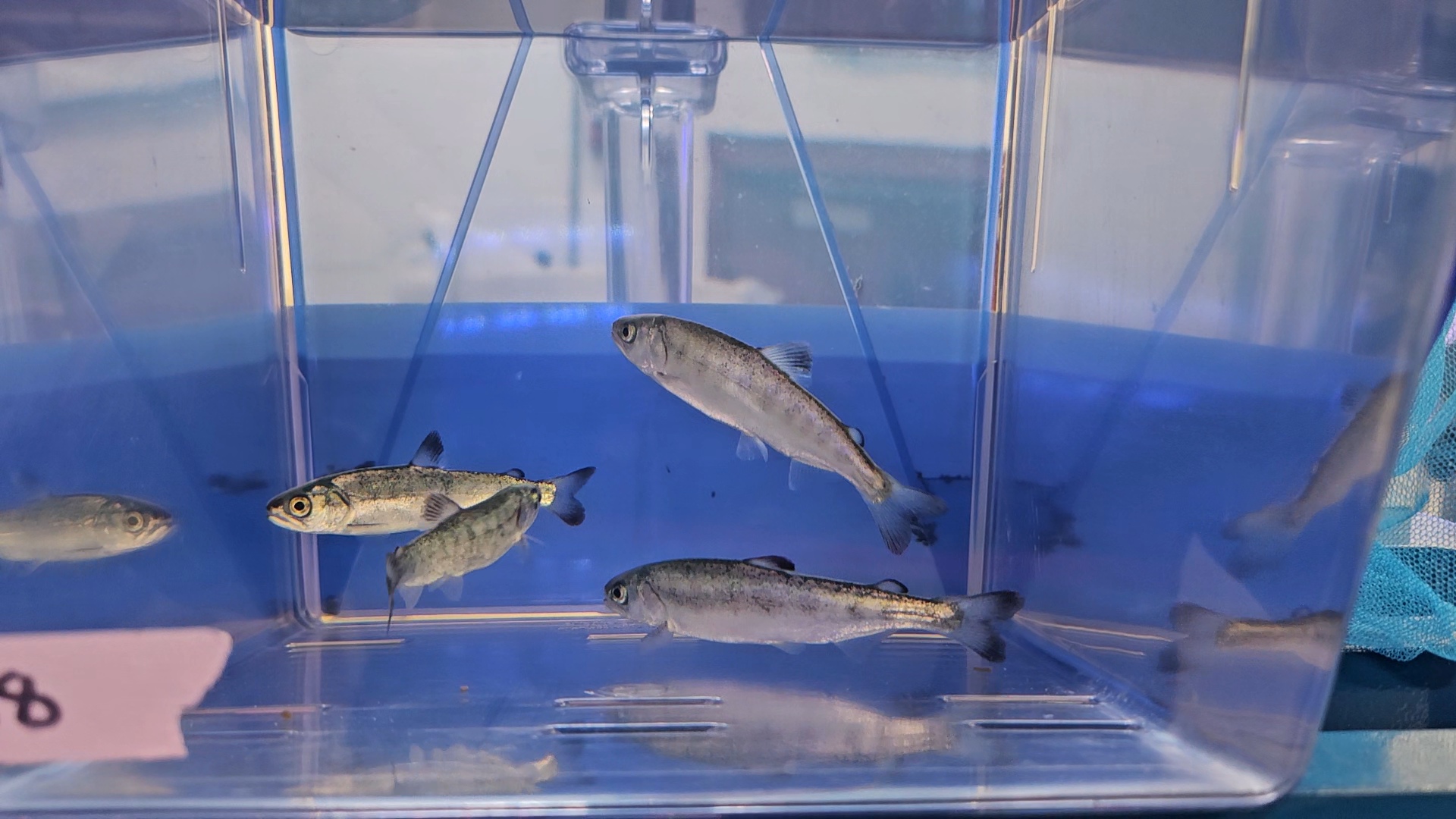This comprehensive two-year scientific study funded by the California Department of Fish and Wildlife through a PROP 1 grant is to develop response spectra that associate measured contaminant residues with adverse biological effects in juvenile Chinook Salmon (Oncorhynchus tshawytscha). Pesticide residues commonly bioaccumulate in fish and are often monitored by state and federal agencies, but the potential effects of that body burden remain largely unknown. Traditionally, effect-based evaluations have relied on assessing the risk as determined by external water concentrations, rather than the potential for bioaccumulation in fish tissues. The internal body residue has long been recognized as a more appropriate dose metric for toxicological assessments because it is not impacted by issues like bioavailability (the proportion of the pesticide in the environment available for uptake by the organism). The relationships between body residues and biological effects, including sublethal effects, are critically important for determining the role pesticides may be having on salmon declines. The primary objectives of this project are to:
- Objective 1. Assess relationships between residues of individual pesticides in juvenile Chinook Salmon with a range of biological effects including growth, olfactory response, behavior, swimming performance, and cardio-respiratory function
- Objective 2. Develop response spectra that associates measured contaminant residues with adverse biological effects in young Chinook Salmon
- Objective 3. Identify whole-body contaminant residues in archived Delta-collected Chinook salmon to provide environmentally relevant concentrations to use for the mixture assessments
- Objective 4. Assess relationships between mixtures of pesticides determined in objective #3 on juvenile Chinook Salmon with potential effects associated with these pesticide body residues
By enhancing understanding of the relationship between contaminant bioaccumulation and effects in juvenile salmonids, this research will enable a predictive assessment of the likelihood of pesticide loadings in the Sacramento-San Joaquin Delta to cause negative population and individual-level effects on rearing salmon and support the development of management and remediation strategies.
